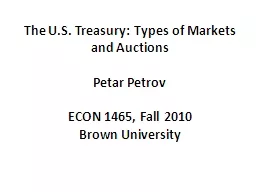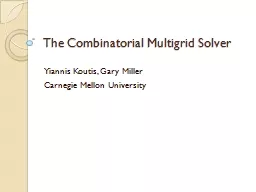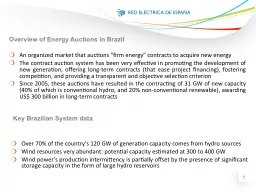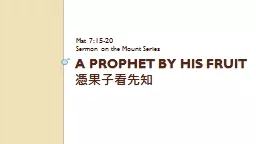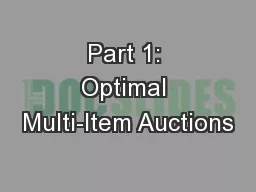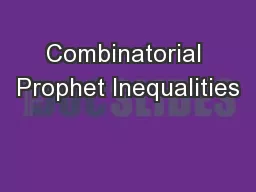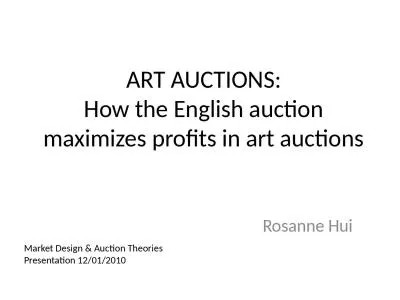PPT-Prophet Secretary for Combinatorial Auctions
Author : tatiana-dople | Published Date : 2018-11-10
and Matroids Soheil Ehsani January 2018 Joint work with M Hajiaghayi T Kesselheim S Singla The problem consists of an initial setting and a sequence of events
Presentation Embed Code
Download Presentation
Download Presentation The PPT/PDF document "Prophet Secretary for Combinatorial Auct..." is the property of its rightful owner. Permission is granted to download and print the materials on this website for personal, non-commercial use only, and to display it on your personal computer provided you do not modify the materials and that you retain all copyright notices contained in the materials. By downloading content from our website, you accept the terms of this agreement.
Prophet Secretary for Combinatorial Auctions: Transcript
Download Rules Of Document
"Prophet Secretary for Combinatorial Auctions"The content belongs to its owner. You may download and print it for personal use, without modification, and keep all copyright notices. By downloading, you agree to these terms.
Related Documents



